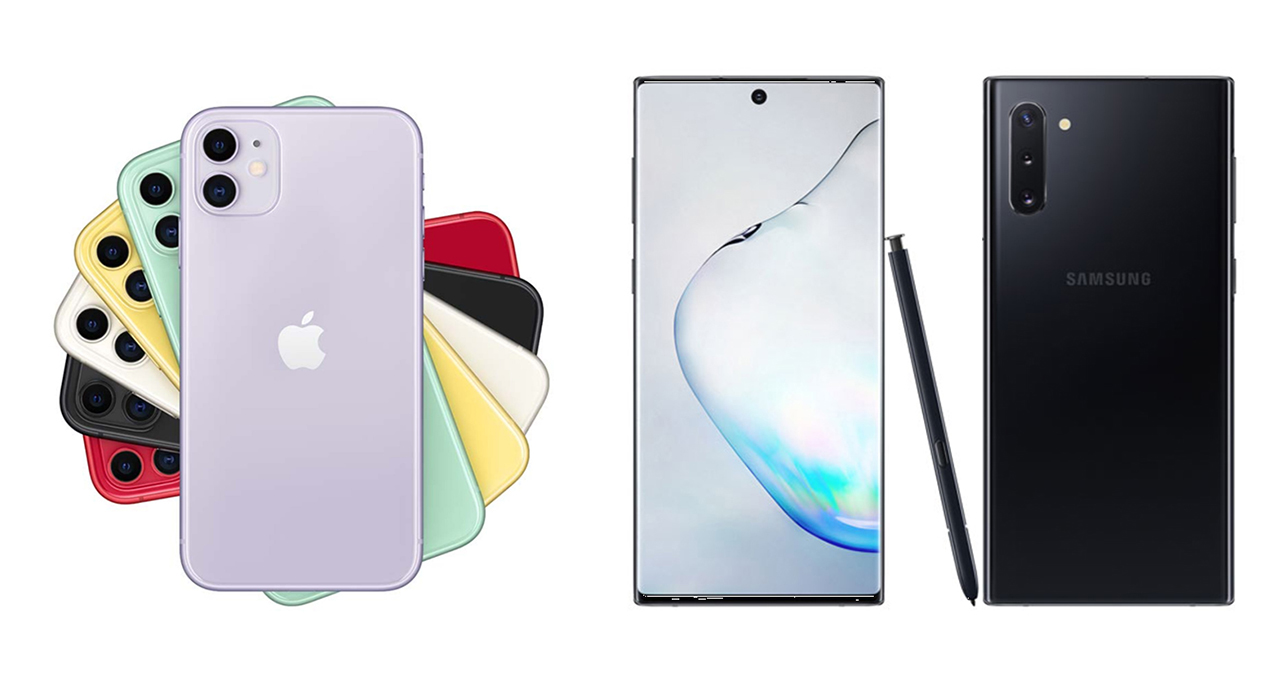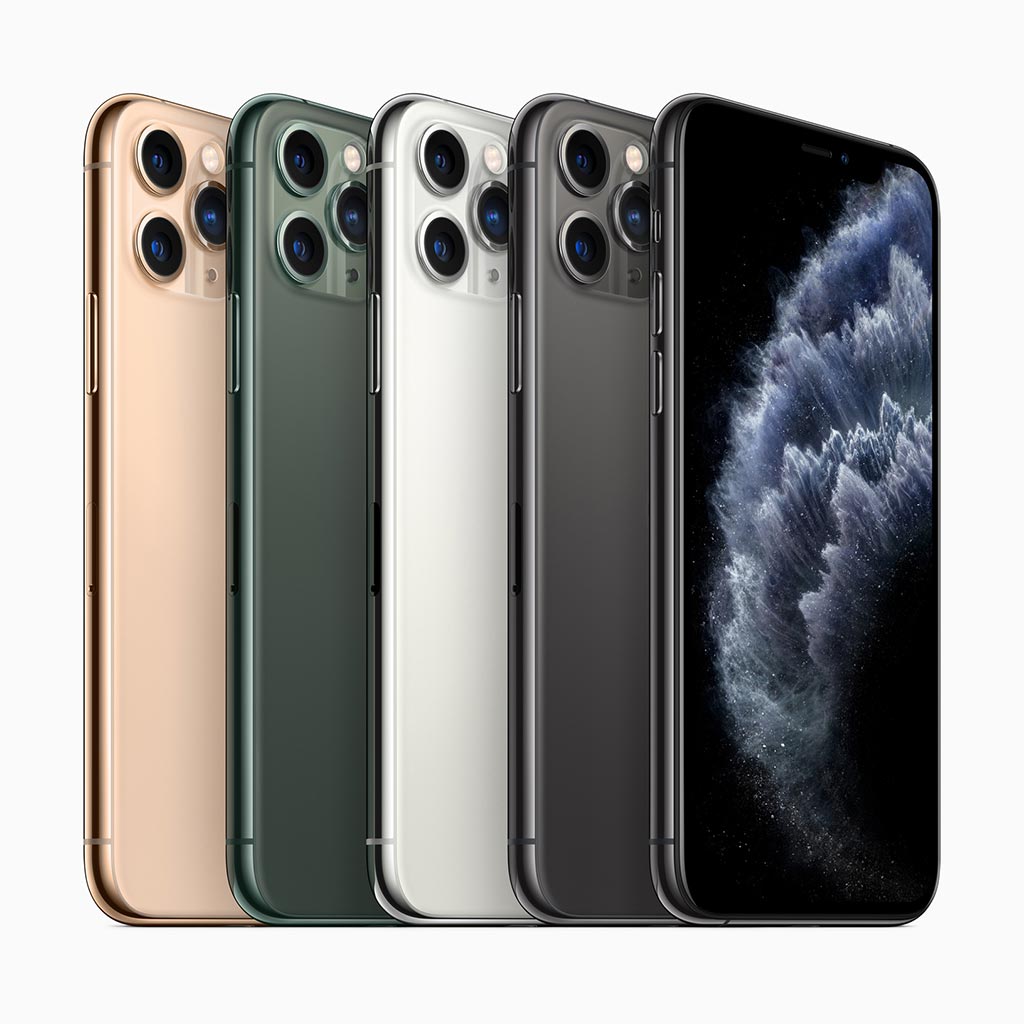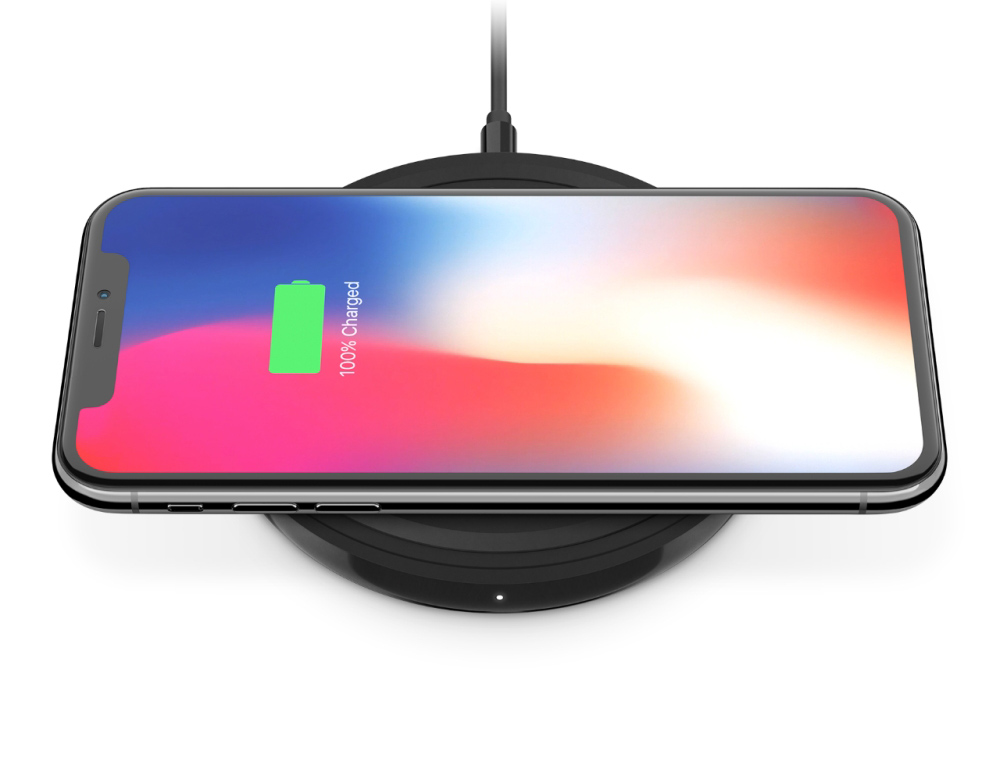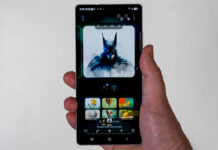
Shopping for a new smartphone does come with plenty of choices, but there are factors to consider when shopping through all the phones available. You may have already decided on the initial point, which is whether it’s going to be an iPhone or Android phone. Or maybe you haven’t. I can’t make all the comparisons between the two platforms here, but suffice it to say, much of what’s noted below is equally relevant to both.
Some basic factors that may influence your choice are screen size, battery life, price, and camera performance. Here are some tips to help you find the right device for you.

Flagship phones
These are the premium phones, which is to say they are the best the respective manufacturers have put to market. Apple’s new iPhone 11 Pro and 11 Pro Max are the latest and greatest iPhones, adding a third lens to the rear camera and sporting a better (and tougher) screen. The phones maintain the same form factor as the iPhone XS and XS Max, except that the back is different because of the camera array. If you were hoping to use old cases with the new models, unfortunately they won’t fit.
Samsung has four flagship models if you count all the variants. There’s the Galaxy S10 and S10+, along with the more recent Galaxy Note10 and Note10+. All offer large screens, though the differences between the two lines are increasingly less obvious. For example, the S Pen is the major contrast between them—the Note10 phones have it, the S10 ones don’t. Of the four, the Galaxy S10+ and Galaxy Note10 share the same screen size at 6.3-inches. While the screens are big, the bezels are small enough to make them easier to use one-handed.
Google launched the Pixel 4 and Pixel 4 XL after the other flagships already hit the market. They come with an extra telephoto lens for the rear camera, as well as improved photo output. While not the prettiest phones available, they’re solid options, and guaranteed to get three years of updates from Google.
Huawei has made more than a splash with the camera performance on the P30 Pro. And give the OnePlus 7 Pro a serious look if you’re in the market for something different, yet simple and effective.
Ultimately, the premium category has fewer players than the mid-range does. If you’re looking for a phone that has all the bells and whistles, Apple, Samsung and Google are the primaries in that regard.
![]()
Mid-range phones
What is considered a “mid-range” smartphone? It’s not entirely about price because the range stretches fairly wide, it’s also about performance and value. For example, solid mid-rangers like, the Samsung Galaxy A50, iPhone XR, Google Pixel 3a, Huawei P30 Lite and LG G7 One are exactly what I’m referring to.
What makes these phones so interesting is that they are not that far off from flagships. If you fancy yourself as a casual user with moderate needs when using a phone, that’s exactly who this category caters to. It’s true that they don’t have the fastest components, highest storage or the best cameras, but that’s not to say they’ve been totally stripped in performance.
Case in point, the Pixel 3a retains almost all of the fabulous camera output of the flagship Pixel 3. When Samsung updated its phones to include Night mode for low-light photos, the Galaxy A50 was part of that rollout. Apple will continue to support the XR for years to come. The LG G7 One gets routine updates too.
Because these phones often use screens and processors that aren’t on the same level as the flagships, battery life often lasts longer with a mid-range phone. .
Finding a carrier plan
The biggest consideration when agreeing on a plan with a carrier is likely going to be data. Unlimited talk and text are now largely thrown into a plan, so it’s the data bucket that tends to stand out. In the last two years, carriers have begun offering plans with more data.
How much you feel is necessary may depend on your past usage habits. For instance, if you consistently went below 3GB every month, a bigger bucket may not be necessary. However, if you were rationing your data usage to stay under the limit, then a bigger plan might be ideal.
It also matters whether you are going to a carrier with an unlocked phone you already own, or looking to sign a contract for a subsidized phone. Bear in mind that if you do go on contract, you may not be able to keep your current plan. It may be best to talk to a Blue Shirt advisor at a Best Buy or Best Buy Mobile location and assess your options.

Accessories to consider
You can accessorize your phone in a variety of ways. A case is always important to protect it from damage. There are so many to choose from for the most popular phones that you can decide how much protection is enough. A rugged case with a shockproof, waterproof and dustproof design could be great for a vacation or to keep the phone safe from young children.
Glass screen protectors continue to get better too, adding a layer of protection to what is arguably the most delicate part of the device. Some even have privacy in mind with special coating that limits viewing angles to keep prying eyes away.
Now that more phones support wireless charging, a pad or dock can change how you power it up. Qi is the industry standard, widely supported by most phone manufacturers. It’s still a feature you’re more likely to see in flagship models, but the odd mid-range one also has it.
Fast charging is another accessory that offers a no-nonsense way of filling up a battery. The iPhone 11 Pro and 11 Pro Max come with an 18-watt charger in the box. Samsung includes a 25-watt charger with the Note10+ that can charge the phone from zero to full in about an hour. That charger doesn’t come with the other models, but will be available separately later on.
Charging in the car is easier with a cable or adapter to simplify that process. Most vehicles come equipped with USB ports, but there are 12-volt socket adapters too. When a phone lets you expand the internal storage with a memory card, it’s not hard to find one. Any microSD card can work with a phone supporting storage expansion.
Your new phone
A spec sheet doesn’t always tell the full story of what a phone is. Picking it up, holding it in your hand and getting a feel for it matters. Ask the helpful Blue Shirts questions about the latest devices in stores. The experience of getting a phone shouldn’t be agonizing, and knowing what you prioritize in a device can help greatly.
Check out the latest smartphones available now.




Refurbished, certified refurbished or open box can someone break it down for me?
Hi Jack,
we did an article about that a while back. Let me know if you still have questions: https://blog.bestbuy.ca/feature/refurbished-products-explained
best regards,
Martin
Thanks for showing all the best choices, it’s very helpful for me now to find the best one to buy. Thanks a lot.
I can’t upgrade until the spring, but it’s great to see what I should be looking for in a new phone! Thanks!
Comments are closed.